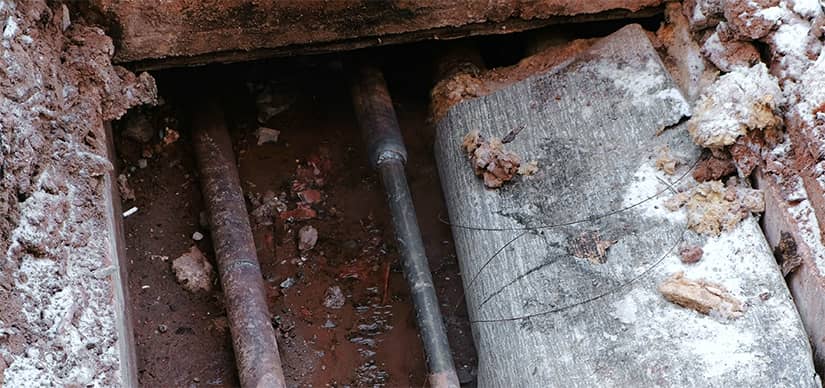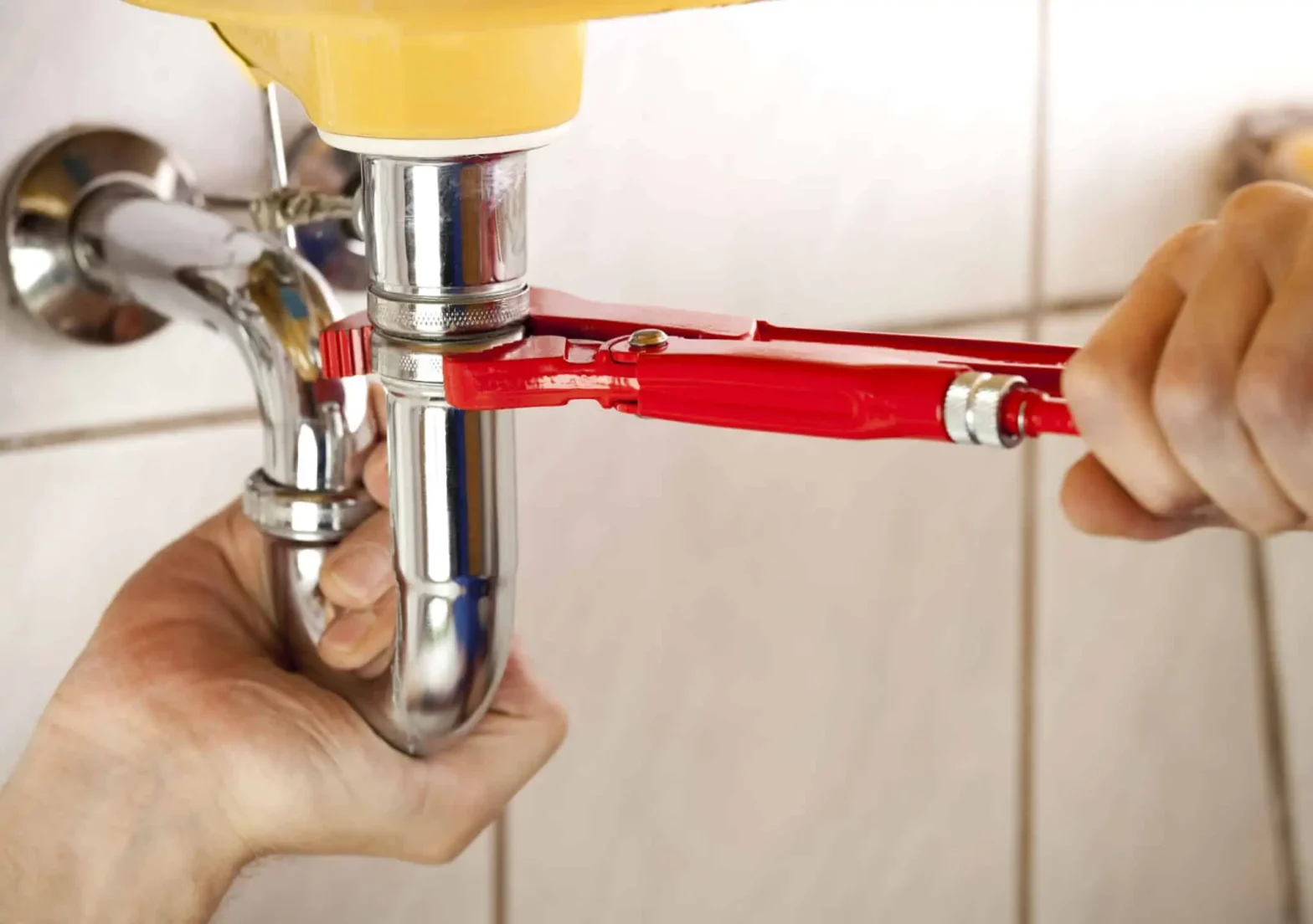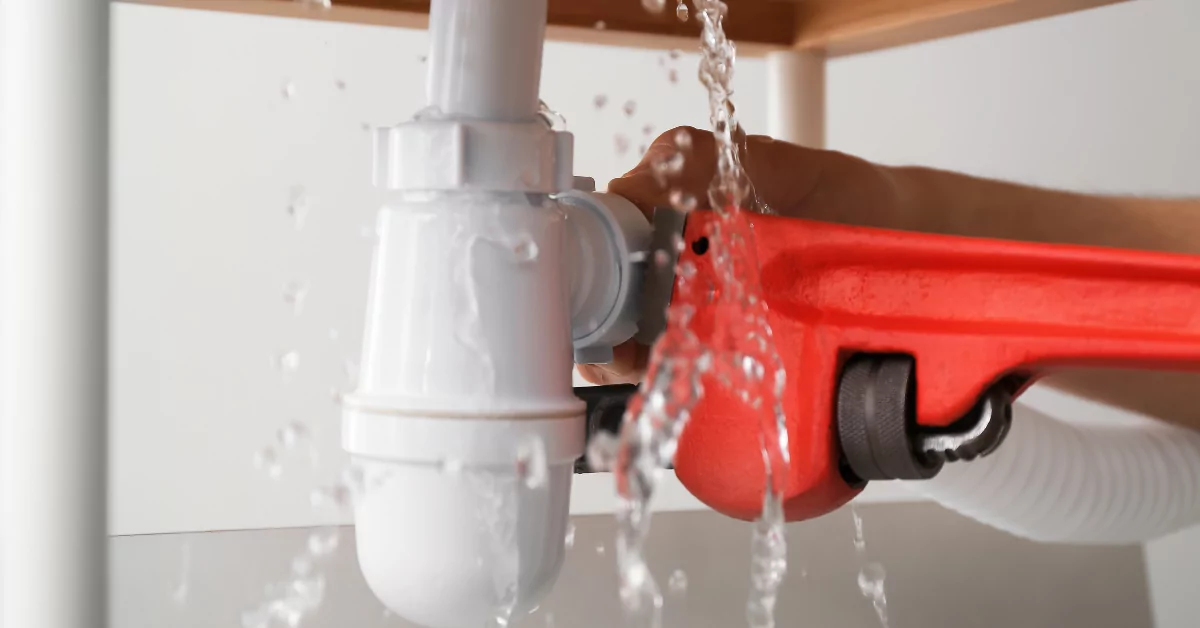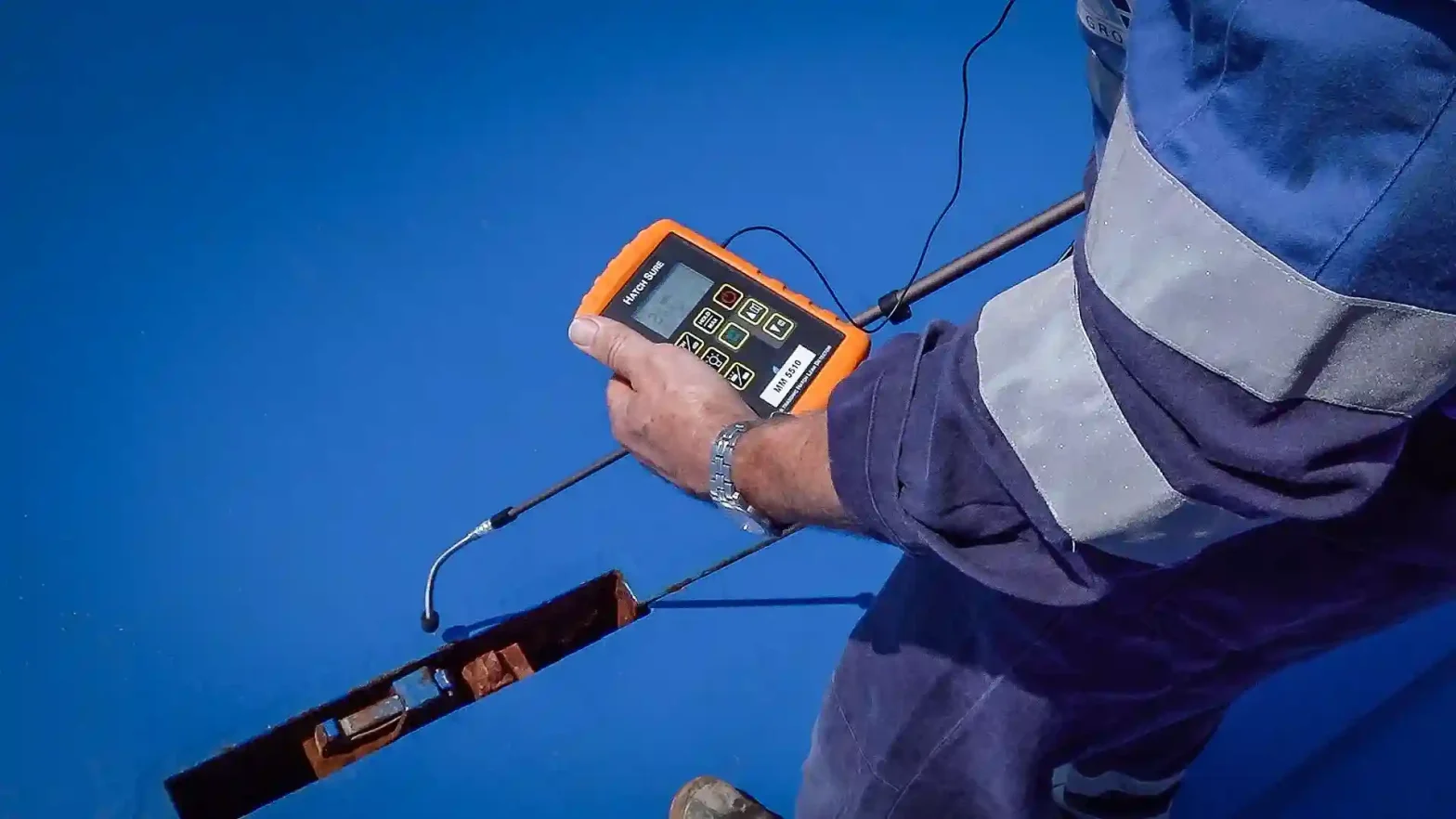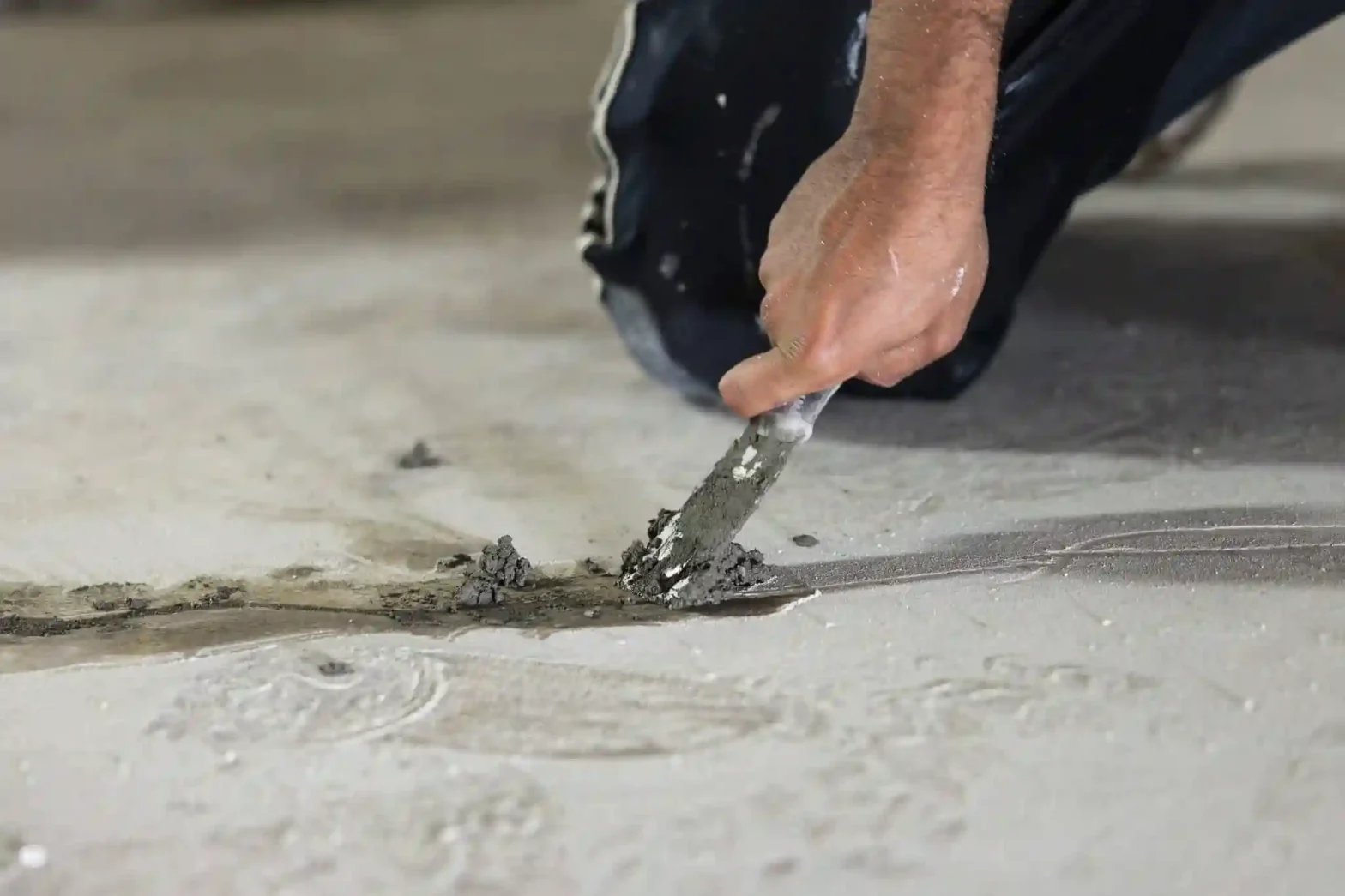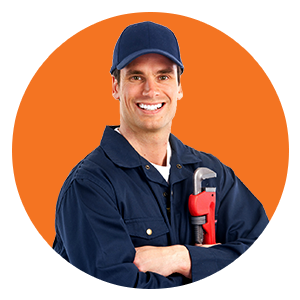Our Proven Process for Efficient Slab Leak Repair: Step-by-Step Guide to Lasting Solutions
A slab leak is more than just a minor plumbing issue—it’s a serious problem that can damage your home’s foundation, increase water bills, and lead to costly repairs if not addressed promptly. At Cali’s Choice, we specialize in precise and efficient slab leak repair in California. With a dedicated team and proven methods, we handle everything from leak detection to restoration. Below, we share an in-depth, step-by-step guide to our slab leak repair process, covering everything you should know about foundation leak and ensuring that every leak is fixed right the first time.
What is a Slab Leak?
A slab leak occurs when pipes beneath your home’s foundation (slab) leak or rupture, causing water damage and potential structural issues. These leaks can be challenging to detect, but our team uses advanced technology and expertise to identify and repair them quickly.
Why Does My House Have a Slab Leak?
There are numerous reasons why your home could have a foundation leak. A damaged water pipe beneath your home’s foundation is the primary source of slab leaks, however there are several potential causes as well:
- Water with an acidic or alkaline pH has harmed your pipes.
- Your plumbing is outdated.
- Temperature variations have caused the soil to alter.
- An earthquake occurred.
- The pipes were not installed properly.
Step-by-Step Slab Leak Repair Process
1. Initial Assessment and Leak Detection
The first and most crucial step in the concrete leak repair process is accurately locating the leak. Slab leaks are often hidden beneath the concrete foundation, making them difficult to detect without specialized equipment.
We begin by conducting a thorough inspection of your property using advanced detection tools. These include:
- Electronic Amplification Equipment: This technology allows us to “listen” for water movement under the slab, even through thick concrete. It helps in identifying the exact location of the leak.
- Pressure Testing: If the exact location isn’t clear, we use water pressure testing to isolate specific sections of your plumbing. By controlling and monitoring pressure, we can identify fluctuations that indicate a leak in a specific pipe section.
In-Depth Considerations:
Detecting a concrete leak early is critical to avoid extensive damage. Often, homeowners notice warning signs like unusually high water bills, damp spots on floors, or the sound of running water, but these can be vague indicators. Our leak detection methods allow us to locate leaks with precision, preventing unnecessary excavation or guesswork.
2. Developing a Customized Repair Plan
After identifying the leak’s exact location, we formulate a tailored repair plan. Foundation leaks vary in severity, and each home’s plumbing system is different. Here’s how we ensure an individualized solution:
- Leak Severity: Minor leaks might only require localized pipe repair, while larger leaks may involve significant pipe damage, requiring full pipe replacement.
- Foundation Condition: We assess the condition of your home’s foundation. If the slab has been compromised or shifted due to soil movement or the leak itself, it may influence the repair method.
- Plumbing System Age: Older homes may have more fragile plumbing systems, requiring delicate handling or even full repiping, depending on the leak’s extent.
At this stage, we also discuss the repair plan with you, providing an estimated timeline and potential costs so there are no surprises down the road. Transparency is key in ensuring that homeowners feel confident about the process.
3. Gaining Access to the Leak Site
Once we’ve developed a tailored plan, we prepare to access the leak site with minimal disruption to your home. Since slab leaks occur beneath your concrete foundation, reaching the affected area can be challenging. However, we prioritize non-invasive methods that avoid the outdated, messy approach of digging up the slab. Digging through the concrete to access the leak is not a solution we recommend, as it is noisy, messy, and expensive. Additionally, it can disturb surrounding pipes, increasing the risk of further leaks down the road.
- Direct Access Through the Slab: In cases where no alternative solution is viable, we may resort to creating a small opening in the concrete directly above the leak. However, this method should be a last resort, as it involves cutting through the slab, leading to potential damage to other pipes and adding significant costs to the repair.
- Tunneling Under the Foundation: A far more efficient and less intrusive option is tunneling under the foundation, which allows us to repair or replace damaged pipes without disrupting your floors or walls. This method minimizes noise, mess, and the risk of further damage to your plumbing system. Whenever possible, we recommend this non-invasive technique for addressing more complex leaks.
In-Depth Considerations:
Tunneling requires skill and precision, as working beneath a slab foundation can be risky. We ensure that the structure remains stable throughout the process, using temporary supports where necessary. This method is often preferable for homeowners looking to avoid disruption to flooring, kitchens, or other essential parts of their home.
4. Pipe Repair or Replacement
With the leak exposed, the next step is repairing or replacing the damaged pipe. The condition and extent of the leak will determine the method we use:
- Epoxy Pipe Lining: For minor cracks or pinhole leaks, epoxy lining is often the best option. This involves inserting an epoxy resin lining into the pipe, which hardens and seals the interior. This method is minimally invasive and extends the pipe’s lifespan without needing to remove the damaged section. However, this method has some disadvantages which includes –
- Reduction in the inner diameter of the pipe, potentially restricting water flow;
- If the epoxy application is incomplete or improper, leaks can persist.
- Can detach from the pipe over time, reducing effectiveness.
- Epoxy may not be compatible with certain pipe materials or chemicals, Epoxy lining can be more expensive than traditional repair methods.
- Pipe Section Replacement: If the leak has caused significant damage to the pipe, we remove the affected portion and replace it with high-quality, durable piping. We use materials such as copper or PEX (cross-linked polyethylene) pipes, which are resistant to corrosion and can withstand California’s seismic conditions. This method provides a targeted and cost-effective solution by addressing only the damaged section of the pipe, minimizing both disruption and repair costs. This method reduces the need for extensive property damage or excavation, making it a faster and less invasive option. Additionally, it helps prevent further water damage, preserves the lifespan of the rest of the plumbing system, reduces water wastage, and protects the structural integrity of the home’s foundation. Overall, it’s a practical, efficient approach for homeowners dealing with slab leaks.
- Complete Repiping: In cases where multiple leaks exist, or the plumbing system is outdated, we may recommend repiping the entire section of the slab. While this is a more extensive procedure, it provides a long-term solution and prevents future leaks.
In-Depth Considerations:
Choosing between epoxy lining, partial replacement, or full repiping depends on the severity of the leak and the overall condition of your pipes. We consult with you to decide the best course of action that balances repair durability with cost-effectiveness.
5. Water Pressure Testing and System Inspection
After completing the repair or replacement, we conduct rigorous water pressure testing to ensure the leak is fully sealed. This step involves restoring water flow to your system and monitoring pressure levels across the repaired section.
- Leak Verification: We check for any pressure fluctuations or signs of leakage during testing. Even a small pressure drop can indicate a lingering issue that needs to be addressed before closing up the repair site.
- Comprehensive System Check: While we focus on the leak site, we also take this opportunity to inspect the rest of your plumbing system, especially if your home is older or prone to leaks. This preemptive approach helps identify weak spots that could lead to future leaks.
In-Depth Considerations:
Water pressure testing not only confirms that the repair is successful but also ensures that your entire plumbing system is working efficiently. This added level of inspection gives homeowners peace of mind, knowing the job has been done thoroughly.
6. Site Restoration and Cleanup
Once the leak repair is complete and confirmed, we focus on restoring your home to its original condition with minimal disruption. With re-routing, the cleanup process is significantly easier and less extensive compared to other methods. This step includes:
- Minimal Cleanup with Rerouting: Since re-routing avoids cutting into the slab, there’s far less mess, and no concrete foundation repairs are needed. This results in quicker restoration and less impact on your home.
- Tunneling Backfill: For tunneling repairs, we carefully backfill the tunnel and ensure your foundation remains securely supported, with little to no interior disruption.
- Surface Restoration: If any flooring or tiles were removed, we replace them to ensure your home looks untouched.
In-Depth Considerations
Cleanliness and thorough restoration are key aspects of our service. We understand the disruption a slab leak can cause, and by utilizing less invasive methods like re-routing, we minimize cleanup time and leave your home in pristine condition, as if the repair never happened.
7. Follow-Up and Maintenance Recommendations
The final step in our process is providing ongoing support and maintenance recommendations to prevent future slab leaks. This includes:
- Regular Inspections: We advise scheduling periodic plumbing inspections, especially for older homes, to catch any potential issues early.
- Water Pressure Monitoring: Keeping an eye on your water pressure can alert you to hidden leaks before they cause significant damage.
- Leak Detection Systems: For added peace of mind, we can install advanced leak detection systems that monitor your plumbing for signs of leaks and alert you immediately.
In-Depth Considerations:
Preventative maintenance is essential to avoid the recurrence of slab leaks. We empower homeowners with the knowledge and tools needed to protect their homes from future leaks.
Why We Are the Top Choice for Slab Leak Repair in California
At Cali’s Choice, our extensive experience, cutting-edge technology, and commitment to customer satisfaction set us apart as the leading slab leak repair specialists in California. Our top priorities are efficient repairs that cause the least amount of disturbance to your house. You can rely on us to precisely and expertly secure the plumbing system and foundation of your house. Contact us today to schedule an inspection and experience our proven process firsthand.
Frequently Asked Questions
Q: How much does slab leak repair cost?
A: The cost of concrete leak repair can vary widely based on several factors. These include the location of the leak, the size and complexity of the affected area, the type of piping, and the method required for the repair. Contact us for a customized estimate based on a thorough inspection of your home’s plumbing system.
Q: What are common symptoms of a slab leak?
A: One of the most common is an unexplained spike in your water bill, as a leak beneath your home’s foundation can cause continuous water loss. You might also hear the sound of running water even when all taps are off, or experience low water pressure.
Q: Can I repair a slab leak myself?
A: We strongly advise against attempting to repair a slab leak yourself. Slab leaks are often hidden beneath your home’s foundation, requiring specialized tools and expertise to locate and fix them properly. DIY attempts can result in further damage to your plumbing system or foundation, leading to much costlier repairs down the line.
Q: Are there any advanced systems to detect slab leaks before they become severe?
A: Yes, installing a leak detection system can alert you to unusual water flow or leaks before they cause significant damage. Some systems even offer automatic shutoff capabilities, which can prevent a minor leak from turning into a major problem.


